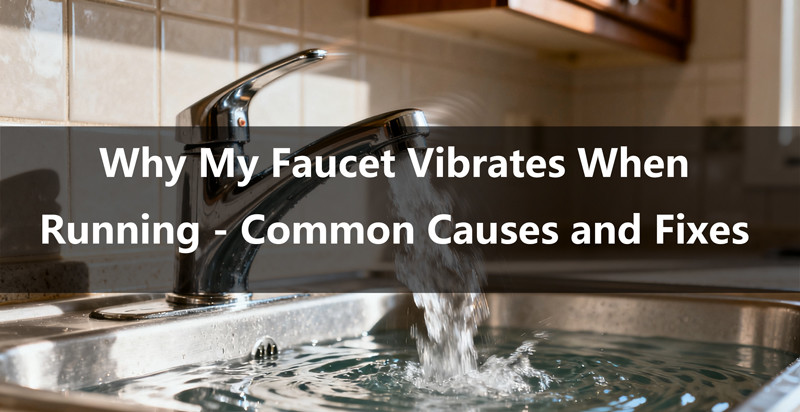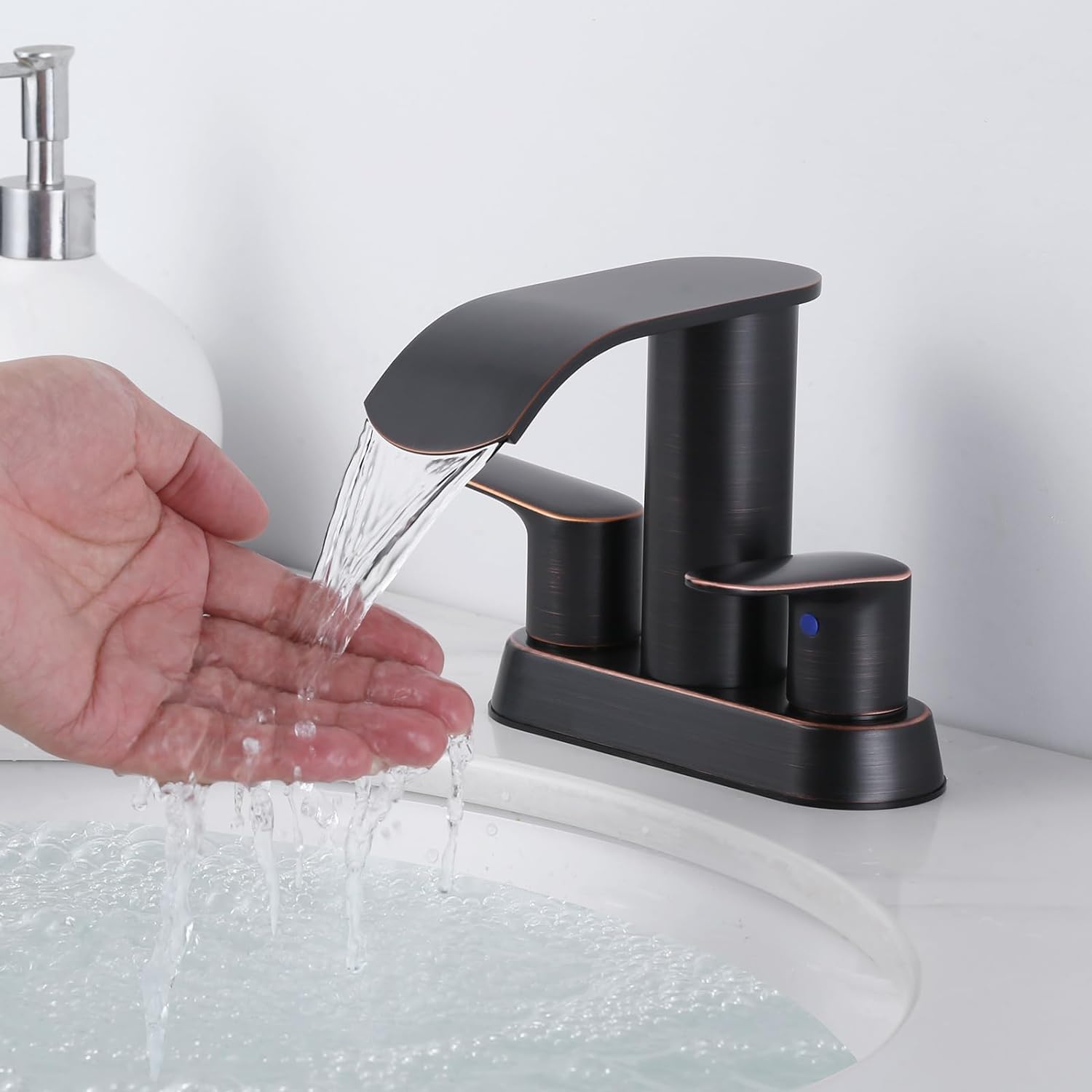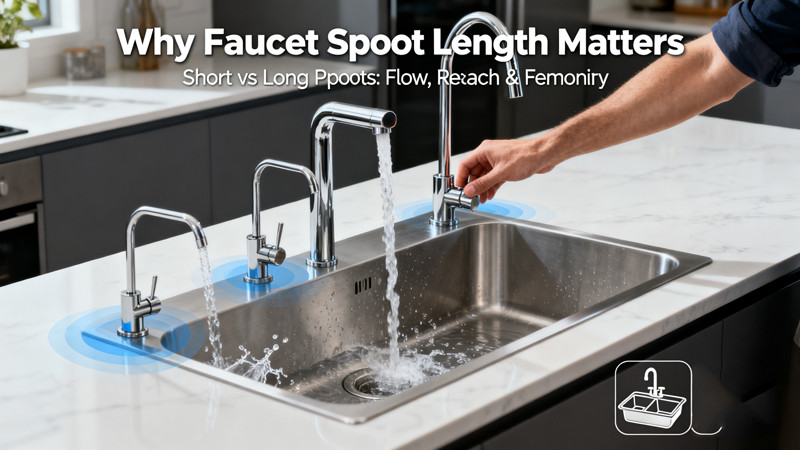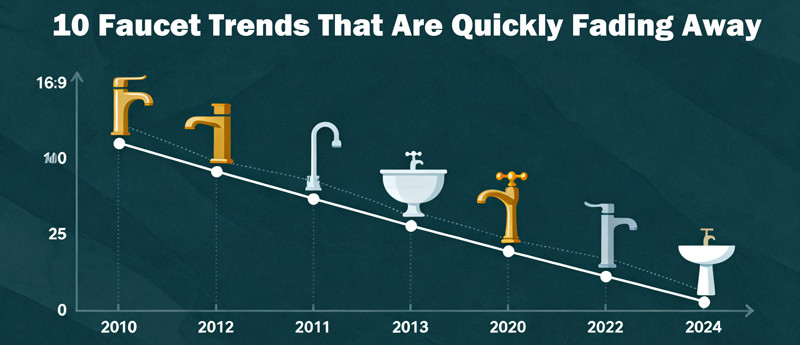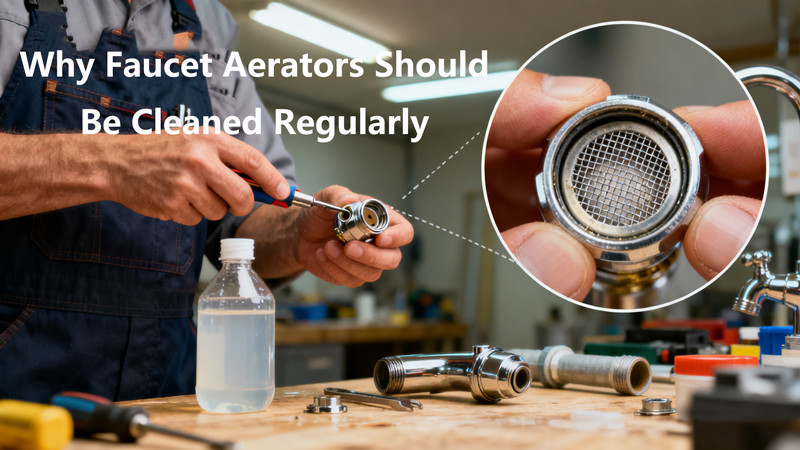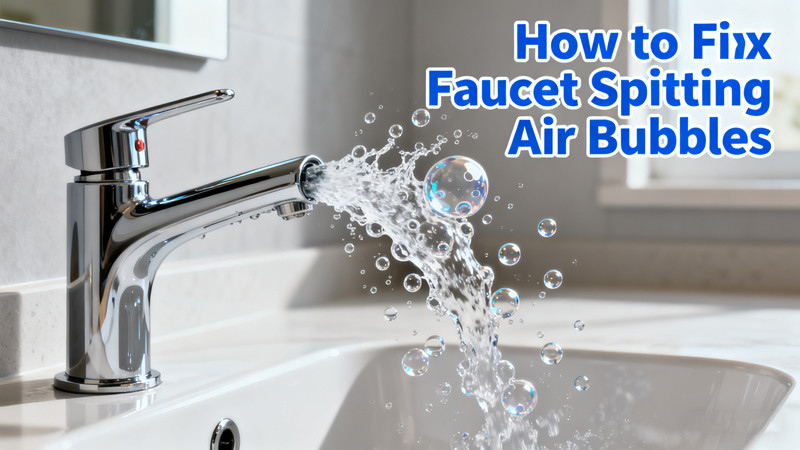Turning on your faucet should be a smooth, quiet experience—water flows, you wash your hands, and that’s it. But if you’ve ever heard or felt your faucet vibrating, rattling, or even buzzing when it’s running, you know how alarming it can be. While it might seem like just a minor annoyance, a vibrating faucet can be a sign of underlying plumbing issues that need attention.
Understanding the possible causes of faucet vibration can help you fix the problem quickly and avoid potential damage to your plumbing system. Let’s dive into the most common reasons your faucet vibrates when running and what you can do about them.
1. Water Hammer
One of the most common causes of faucet vibration is water hammer, a plumbing phenomenon that happens when water flow is suddenly forced to stop or change direction.
- When you open or close your faucet quickly, the momentum of the moving water slams into the valve or pipe walls.
- This creates a rattling, banging, or vibrating noise that can travel through your faucet and pipes.
Why it happens more often: If your home doesn’t have water hammer arrestors (devices that absorb this shock), or if existing ones are worn out, you’ll feel the vibrations more frequently.
Fix: Install or replace water hammer arrestors, and avoid shutting off faucets abruptly.
2. Loose Faucet Components
Over time, washers, nuts, and other faucet components can become loose. When water rushes through, these parts can vibrate against each other.
- A loose washer may create a buzzing or humming sound.
- Loose mounting hardware under the sink can cause the faucet body itself to shake.
Fix: Turn off the water supply, disassemble the faucet, and check for loose or worn washers, screws, or mounting brackets. Tighten or replace as necessary.
3. High Water Pressure
Excessive water pressure is another common cause of faucet vibration. When water pressure is higher than recommended (usually above 60 PSI), it can:
- Force water through the faucet too aggressively, causing the spout or internal parts to vibrate.
- Accelerate wear and tear on washers, cartridges, and seals, making vibrations worse over time.
Fix: Use a water pressure gauge to test your home’s pressure. If it’s consistently above 60 PSI, install a pressure-reducing valve (PRV) to stabilize it.
4. Worn-Out Washers or O-Rings
Rubber washers and O-rings create a watertight seal inside your faucet. As they wear out, they may not sit snugly in place anymore. The flow of water then causes them to flutter, creating vibrations.
Signs:
- A vibrating or humming faucet that also drips when turned off.
- A vibration that seems localized to the handle area.
Fix: Replace worn washers and O-rings. These are inexpensive parts that can make a big difference.
5. Cartridge Issues
Modern faucets, especially single-handle designs, often use cartridges to control water flow. A worn, cracked, or clogged cartridge can cause the faucet to vibrate.
- If the cartridge is damaged, water flow becomes turbulent, leading to shaking or buzzing sounds.
- Mineral buildup inside the cartridge can worsen the problem.
Fix: Remove the cartridge and inspect it. If it’s clogged, soak it in vinegar to dissolve mineral deposits. If it’s cracked or excessively worn, replace it.
6. Pipe Vibrations
Sometimes the issue isn’t with the faucet itself but with the pipes connected to it. When pipes aren’t securely fastened, water flow can cause them to vibrate, and this vibration can be transferred to the faucet.
Signs:
- The vibration seems stronger under the sink or inside the walls.
- You hear rattling noises in addition to vibration.
Fix: Inspect the pipes under your sink. Use pipe straps or brackets to secure any loose sections. For vibrations inside walls, you may need a plumber to investigate further.
7. Air in the Pipes
Air trapped in your plumbing system can also cause faucets to vibrate or sputter when you turn them on.
- The water and air mix creates uneven flow and pressure, leading to vibrations.
- This is especially common after plumbing work, or if your water supply has been shut off and restored.
Fix: Run all faucets in your home at once for a few minutes to flush out the air. If the problem persists, check for leaks in your system that may be letting air in.
8. Mineral Buildup
If you live in a hard water area, mineral deposits can collect inside your faucet, aerator, or pipes. These deposits restrict water flow, creating turbulence that leads to vibrations.
Fix:
- Remove the faucet aerator and soak it in vinegar to clear buildup.
- Flush the faucet with vinegar or a descaling solution.
- Consider installing a water softener if hard water is a recurring issue.
Preventing Faucet Vibrations
To keep your faucet running smoothly and quietly, consider the following preventative measures:
- Monitor water pressure: Keep it within 40–60 PSI.
- Inspect faucets regularly: Check washers, O-rings, and cartridges yearly.
- Clean aerators: Prevent mineral buildup by cleaning them every few months.
- Secure pipes: Ensure all visible pipes are fastened with brackets or straps.
- Schedule maintenance: Have a plumber perform routine checks, especially if your plumbing system is older.
When to Call a Professional
Not all faucet vibrations can be solved with DIY fixes. Call a plumber if:
- Vibrations persist after you’ve checked for loose parts or cleaned the aerator.
- The vibration is accompanied by banging or hammering noises in the walls.
- You suspect high water pressure but aren’t sure how to test or fix it.
- The faucet is old and still vibrates even after replacing washers or cartridges.
Professional plumbers have tools to diagnose whether the issue lies in the faucet, the pipes, or the broader water supply system.
Final Thoughts: Why My Faucet Vibrates When Running
A vibrating faucet isn’t just an irritating quirk—it’s your plumbing’s way of signaling that something needs attention. From high water pressure and worn washers to loose pipes and air in the system, there are several possible causes, most of which can be fixed with a little inspection and maintenance.
Addressing the problem early not only restores peace and quiet to your kitchen or bathroom but also helps prevent bigger issues like leaks, water damage, or costly plumbing repairs down the line.
So the next time your faucet buzzes, rattles, or hums, don’t ignore it—take it as a helpful warning sign and give your plumbing the care it needs.
 WOWOW Faucets
WOWOW Faucets